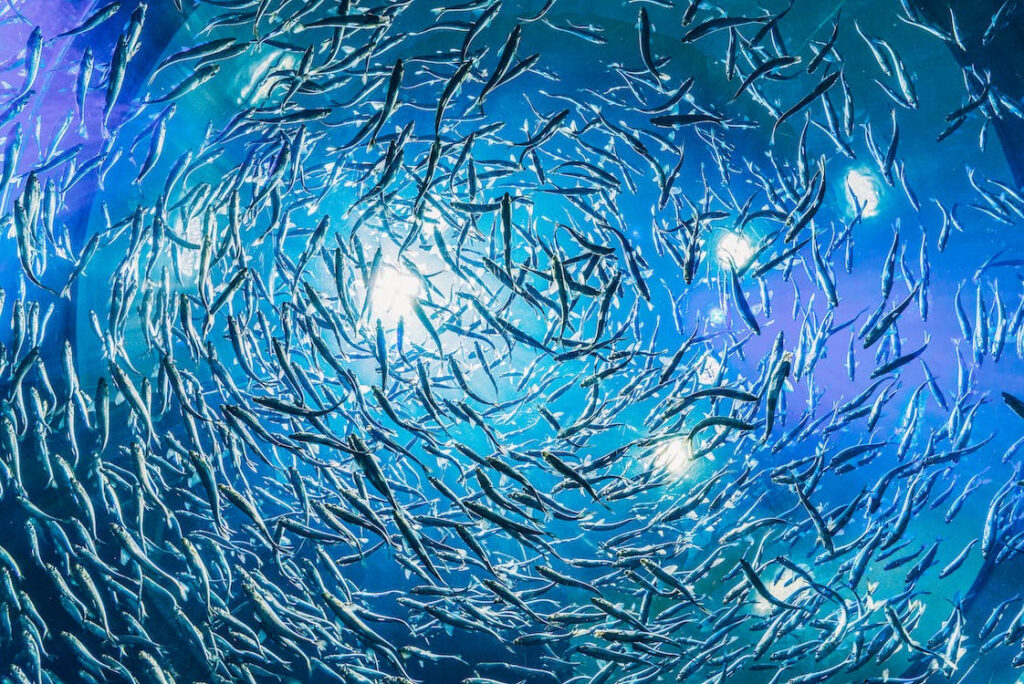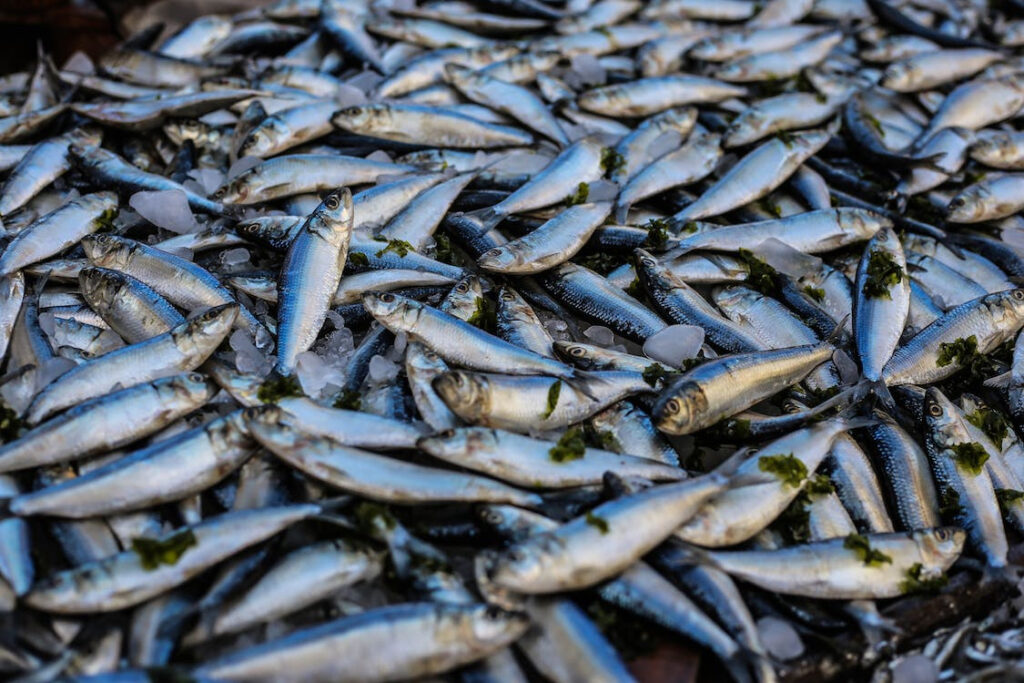Tackling the Nutritional Crisis: The Role of Blue Foods
One of the interesting things about looking into ecological and nutritional issues is that the solution is sometimes right under our noses. Have you ever heard of the term blue foods? The term refers to food that comes from freshwater or oceanic sources. Technically, most places around the world already enjoy seafood, but some areas don’t have enough of it, which (surprisingly) has led to quite a few issues.
For example, nutritional shortcomings are an everyday issue in many places across the globe. Issues with living conditions and healthcare contribute to the general lack of nutrition, leading to a nutritional crisis.
Terrestrial versus aquatic meat production
Studies have shown that terrestrial meat production results in more environmental pressure when compared to aquatic meat production. While many places depend on blue foods to survive, many others have issues concerning the production of terrestrial meat. In fact, many developed countries have trouble with cardiovascular issues due to the over-consumption of red meat.
As if that wasn’t enough, the growing of livestock also takes its toll. Researchers have surmised that those who take the time to focus on mariculture and fishing—aside from potentially improving the nutritional crisis—could also provide more opportunities for employment.
An easier way to see results
All of the information provided is courtesy of the Blue Food Assessment, where the experts are hard at work providing as many potential benefits as possible for those who focus on blue foods. To that end, these experts also provide an online tool that can help individuals figure out the relevancy of policies relating to blue foods based on various aspects (nutrition, heart disease, environment, and more).
It’s a much easier way to see how policy changes pushing toward blue foods can help various places make the most out of their opportunities. There aren’t enough people in most developed countries that focus on aquatic meat production due to a culture focused on livestock such as cows, pigs, sheep, and goats.
Getting the essential nutrients to help the body thrive
It comes as no surprise that blue foods are a rich source of vitamins and nutrients. That said, people still underestimate just how much these food sources can help the body. For example, many types of blue foods are rich in nutrients such as omega-3 fatty acids, which can help with cardiovascular health. Such is the reason why policy changes concerning blue foods could potentially result in an improvement across the board concerning heart health. The intake of blue foods could also go a long way to stemming malnutrition, especially when it comes to the most vulnerable populations (elders, children).
While most people already understand that seafood can be beneficial for the body, they don’t realize how much it can affect other factors of life if governments were to enact policy changes that push toward the focus and intake of blue foods. The lowering of blue food access and the increase of blue food production can and will result in a healthier and more sustainable environment for all.


